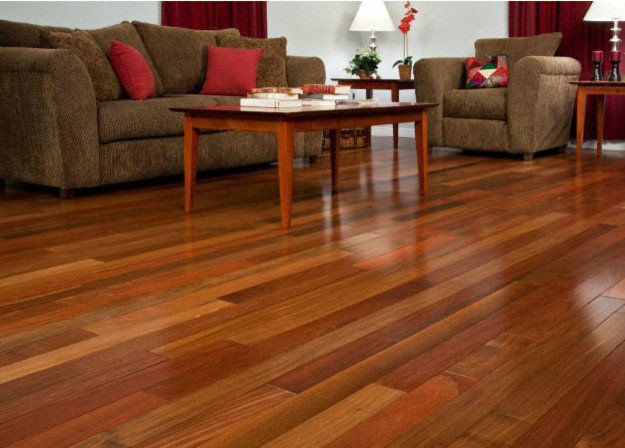Choosing the best flooring for your home is one of the most important decisions you have to make since it significantly affects the overall look of the rooms. And when in doubt and if your financial resources permit, it is best to get a second opinion from the experts – the Architects.
Architects are the right people to consult when it comes to houses, finished or unfinished. They’re experts when it comes to constructing buildings, planning, and designing based on different factors like location of the structure, climate, ideal decor, and much more. Architects give the most sensible analysis owing to their education and experience.
Hence, if it’s architect-recommended, you can trust that it’s the best fit for your home. So if you’re undecided on which of the wood flooring is the right choice, read on and know what Architects have to say.
Hardwood flooring
A-lot of people get the misconception that they’re almost the same in looks and function, but there is a big difference between them according to architects’ comparison and analysis.
Hardwood floorings are single thick planks set by hammering them to the concrete. They have a natural and shiny wooden look that gives your house an elegant look, and it ages gracefully over time. The disadvantage of hardwood flooring is its weakness to water seepage and puddles of water. Hence, it requires immediate cleanup. They’re also vulnerable to termites, so regular maintenance is required.
Engineered wood flooring
This type offers a lot of advantages thanks to its carefully constructed make. The installation is more meticulous than others to prevent the floor from moving or shifting during expansion or maintenance. Engineered wood flooring is easier to install, as well, as they can be glued directly to the existing concrete flooring or if you prefer a silent floor that doesn’t echo footsteps, they can be installed over soundproofing mats.
Both of these wooden floorings, though, are very vulnerable to scratches, moving furniture, and any sharp object dragged on them.
Oil finish
There are different types of oil finish that you can use to give your floor a matte, natural, and soft look. The oil goes through the pores of the wood and becomes absorbed. So, this makes the wood cured inside and out. The good thing about oil finish is even though it’s very vulnerable to scratches or it doesn’t protect your wooden flooring from scratches, it’s very easy to retouch, as well.
Polyurethane finish
What makes polyurethane different from oil finish is that it gives your floors a hard top coat, and it covers the pores of the wood, solidifies, and prevents dust and dirt from building up. However, re-coating a section would require you to replace a board. To avoid frequent maintenance, you’ll have to keep coating your floor with polyurethane.
What most architects recommend
Experts recommend engineered wooden floorings. However, only selected types of wood are fit to use in making engineered wooden tiles. There are also different types of woods that hard floor experts can engineer and install. The kind of wood that most architects recommend is the oak type as it’s durable and resists stain well.

